The Top 7... Best console generations so far
Past glories
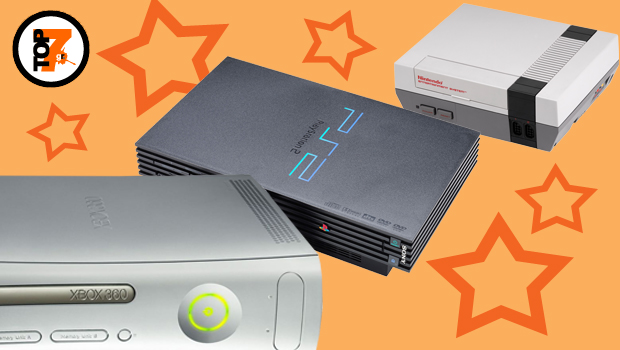
There have been seven officially* recognised console generations thus far, including the current one. Every week, on Monday, we run a Top 7 feature, which rounds up seven related things in gaming. The current console generation is due to be superceded by the start of the eighth in a couple of weeks, when the PlayStation 4 launches on November the 15th (The generation system no longer really applies to Nintendo). Thus, by the power of mathematics, we're obligated to do this feature now, for never again will we get the chance to do it this neatly.
Please note though, because you get all antsy about the start and end dates of the generations we're about to list in order of greatness, for the purposes of this article, end of generation is judged by the official end of commercial availability for a console, not the date the following generation commenced. All happy? Good. Let's go.
*semi-officially
7. The second generation (1976 - 1982)
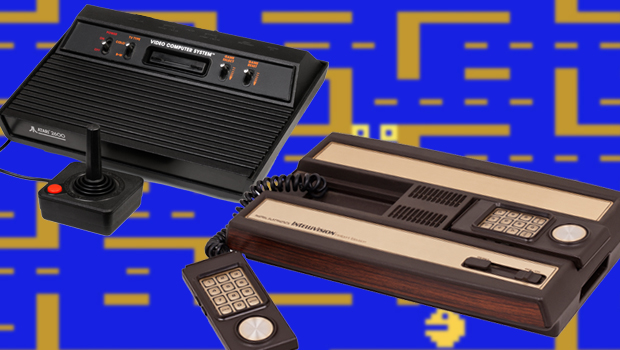
Notable consoles: The Atari 2600, The Mattel Intellivision, far too many others.
The good points: Following the initial surge of gamings popularity, everyone wanted in on the act. Competition heated up, with the start of one of the earliest instances of a console war, and thats always (usually) good for the consumer. Consoles adopted the now-standard format of using interchangeable games, and the arcade scene exploded, further popularising games and fueling the home consoles with a string of high-profile ports.
The bad points: Following the initial surge of gamings popularity, everyone wanted in on the act, leading to the market being flooded by too many consoles and games of highly variable quality. Competition heated up, with the start of one of the earliest instances of a console war, resulting in an increasingly desperate battle of quantity over quality, which in turn lead to a public disillusionment with video games and the mighty crash of an entire industry collapsing in on itself in 1983. As a result, gaming neary died, and there are now several billion copies of the Atari 2600 adaptation of E.T. cluttering up the desert in New Mexico.
6. The first generation (1972 - 1977)
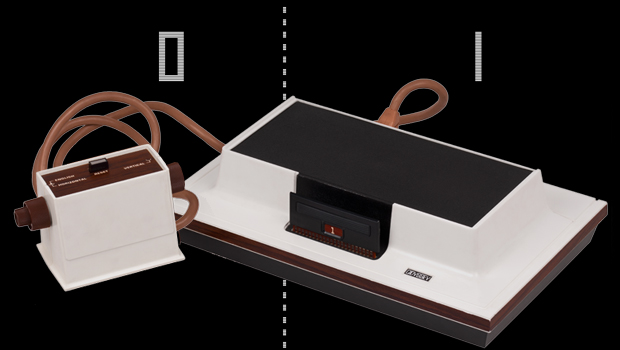
Notable consoles: The Magnavox Odyssey, a bunch of Pong and sports game units.
Sign up to the GamesRadar+ Newsletter
Weekly digests, tales from the communities you love, and more
The good points: Video games suddenly existed, whereas before video games had not existed. So thats pretty important.
The bad points: A lot of those games were rubbish, and most of them were Pong. At this point the key appeal of video games was that they existed, so thats pretty much all they had to do. Also, availability wasnt great, with most consoles only having four to eight games, many of which were variants of each other, and which in a lot of cases were hard coded into the machine. Want new games? Buy a new console. Otherwise, games existed on university mainframes, where they had to be programmed manually by students or staff.
5. The Third generation (1983 - 2003)
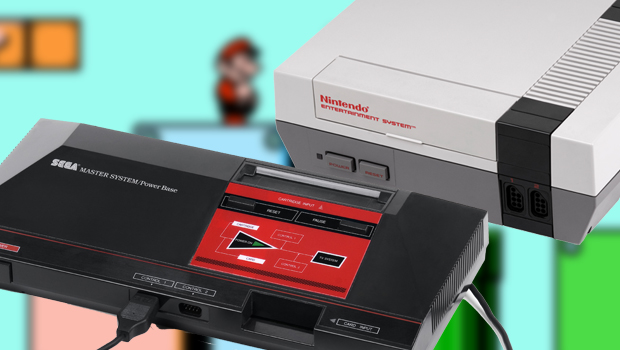
Notable consoles: The NES, the Sega Master System.
The good points: In 1985, Nintendo swept into the west with the NES, a high-quality, affordable console with a plethora of eclectic games of a standard previously unimagined. The NES laid the foundation for a new games industry on top of the scorched earth left by the meltdown of the previous one, opening the doors for Sega to bring the Master System over a year later. It also pretty much invented handheld gaming with the Game Boy. Between the two main home systems, we got Mario, Sonic, Contra, Ninja Gaiden, Final Fantasy, Dragon Warrior/Quest, Kirby, Castlevania, Metroid, Zelda, Phantasy Star, Alex Kidd, Fantasy Zone, Out Run, Space Harrier, Wonderboy, R-Type, and a bounty of other great, industry-defining stuff that I dont have time to mention here.
The bad points: Theres a reason NES-hard is now a common descriptor of tough games. Not every developer enjoyed the platform-holders' ability to produce huge, lengthy works so, many fell back on the old arcade staple of cheap game extension. Thus, it was a generation defined as much by frustration as by fun.
4. The fifth generation (1993 - 2001)

Notable consoles: The PlayStation, The Nintendo 64, the Sega Saturn.
The good points: Sony entered the gaming market with the PlayStation. It did quite well, and ushered in an era of mass-market acceptance of gaming, largely due the kind of new, cinematic experiences afforded by the CD storage format, as well as a mature new approach to game marketing. Nintendo launched the Nintendo 64, which provided some of the best and most important games ever made. Super Mario 64 showed the world what 3D gaming really was. The Legend of Zelda: Ocarina of Time was a masterpiece of world-building and level design. Goldeneye made FPS work on a console, and created one of the all-time classic multiplayer experiences. The Rare/Nintendo partnership gave both companies some of the best games in their history.
The bad points: Sega released the ill-conceived Saturn, which started its long journey of financial woe. The new 3D tech, along with devs inexperience in using it, resulted in a whole lot of messy crap in between the stand-out classics. And fog. Though in the case of Silent Hill, that worked out well.
3. The seventh generation (2005 - present)
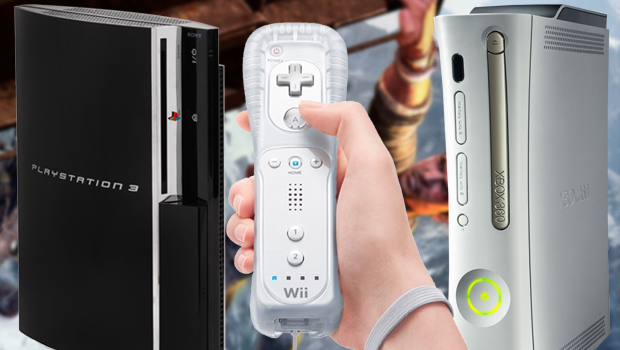
Notable consoles: The Xbox 360, the PlayStation 3, the Wii
The good points: HD made games look and feel like nothing wed ever seen before. Game design exploded in terms of scope and ideas. Downloadable games brought an eclectic mix of indie and smaller scale gaming back to the forefront. Some of the most experimental, artistic, affecting games ever to hit the mainstream became big hits, whether blockbusters or small indie creations. Games started to develop their own narrative language.
The bad points: Modern military manshooters were everywhere. Everything was brown for about three years. The PS3 was insanely expensive and a mighty technical challenge to developers for a quite a while. Xbox 360s blew up all over the place. Games lost some degree of interactivity and depth in the early-generation pursuit of casual gamers. Loads of mid-tier studios went down under. Real Nintendo games progressively disappeared in favour of casual party games. Novelty motion control infested all platforms for a few years. Extra DLC costs fractured the gaming experience, or at least made it a lot more expensive than the initial price of entry.
2. The fourth generation (1987 - 2003)
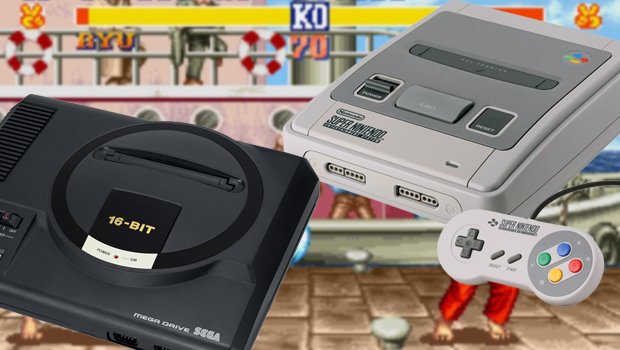
Notable consoles: The Super NES, the Sega Mega Drive/Genesis, the PC Engine.
The good points: It was the golden era of 2D game design. Having honed their craft on 8-bit machines, developers let rip on consoles with double the power and double the pretty, paving the way for some of the biggest, most ambitious games of the earlier industry and some of the best examples of the pixel art craft ever seen. It was also the golden era of the JRPG, the 16-bit consoles visual heft but limited processing speed making them (the SNES in particular) a perfect home for slower-paced, deeper, graphically beautiful games. The era was a hotbed of arcade conversions too, Street Fighter II (and its hundred variants) in particular becoming a dazzling home game and starting a gaming sub-culture that still thrives.
The bad points: Game prices started getting silly, kickstarted by the 65 price tag of Street Fighter II. Also, the success of Sonic and Mario led every developer under the sun to attempt to catch the same bottled lightning, via an endless parade of identikit, me-too, animal-based platforming mascots. This led to Bubsy. I need say no more.
1. The sixth generation (1998 - 2013)
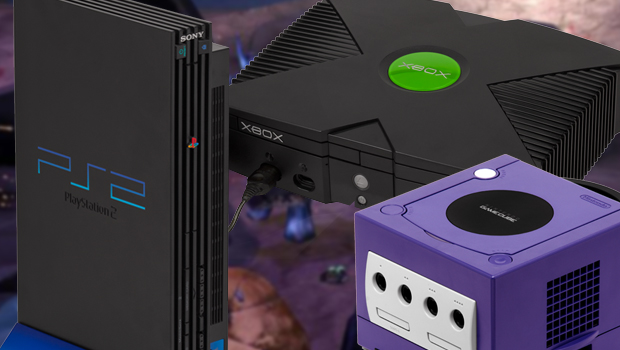
Notable consoles: The PlayStation 2, The Xbox, the Gamecube, the Dreamcast.
The good points: It was the last generation when every contemporary big player had a strong machine with a unique personality and a great overall games line-up. Following the eclecticism of generation five, game design exploded beautifully. Team Ico created peerless, artistic, emotional experiences. Clover smashed it out of the park repeatedly. Halo happened. Modern Grand Theft Auto happened. TimeSplitters happened. SSX happened. Wind Waker happened. Eternal Darkness happened. Resident Evil 4 happened. Every genre excelled, with groundbreaking, polished, beautifully crafted works from developers all over the world, giving gaming an eclectic, creative, international voice not quite seen since. AAA independent developers could still survive, meaning that creative power held its own against publisher money. Online gaming began to become a thing.
The bad points: Sega died as a platform holder.
Generation next?
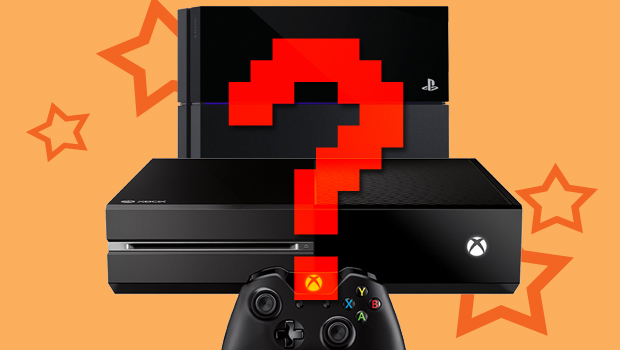
So there's our appraisal of console gaming's varying levels of greatness over the last 41 years. Obviously we're wrong, so why not tell us the right order in the comments? Got any hopes or fears for where the next generation will fit into the order? Tell us those too.
And while you're here, why not check out some of our related features. What generation of gamer are you? would be a good start, as would The 60 best moments of the last console generation.



